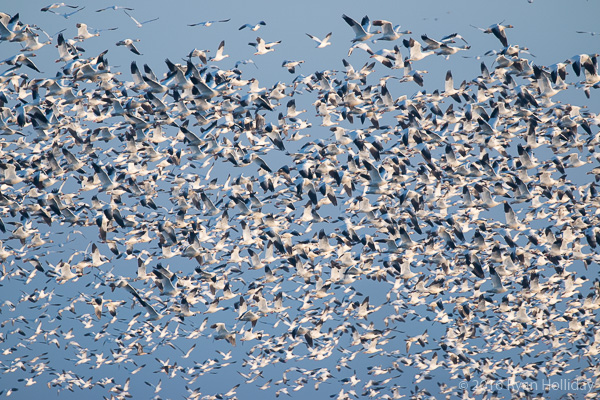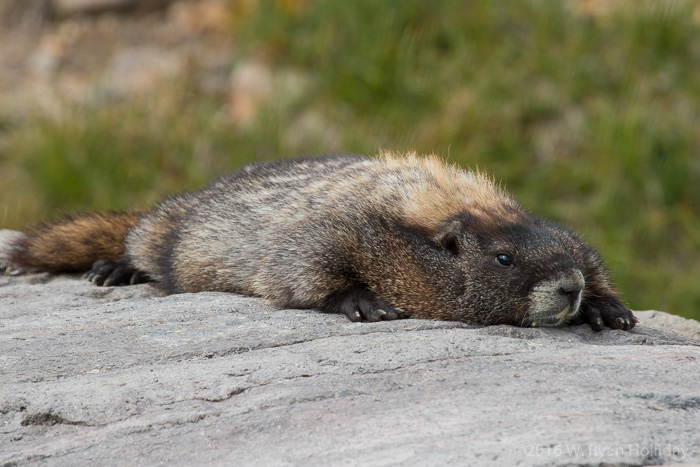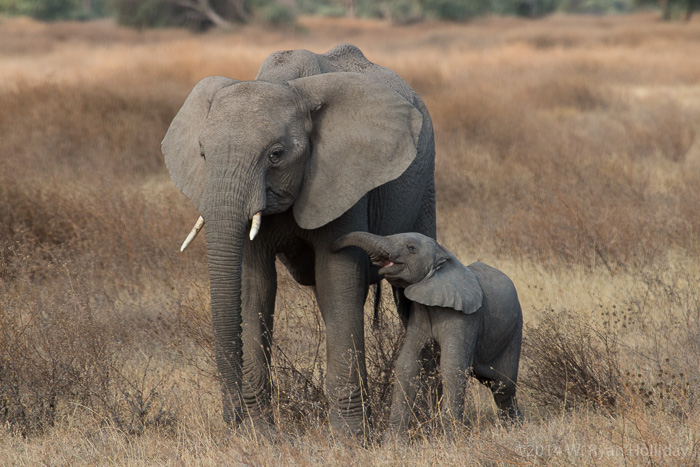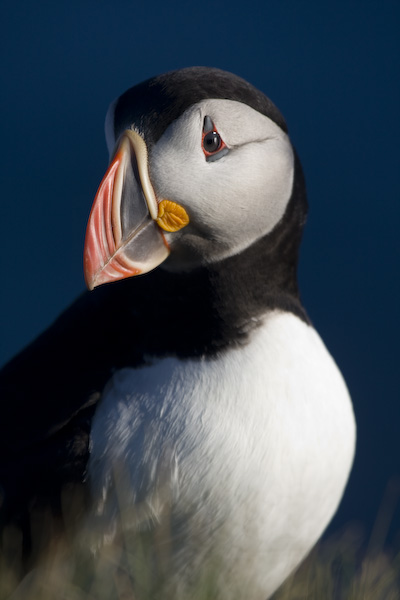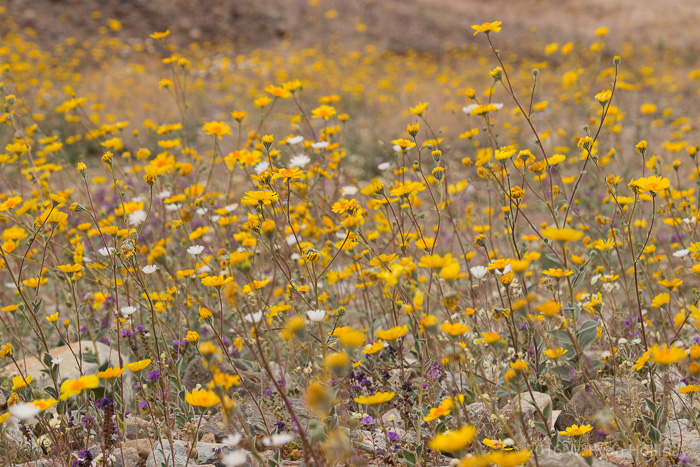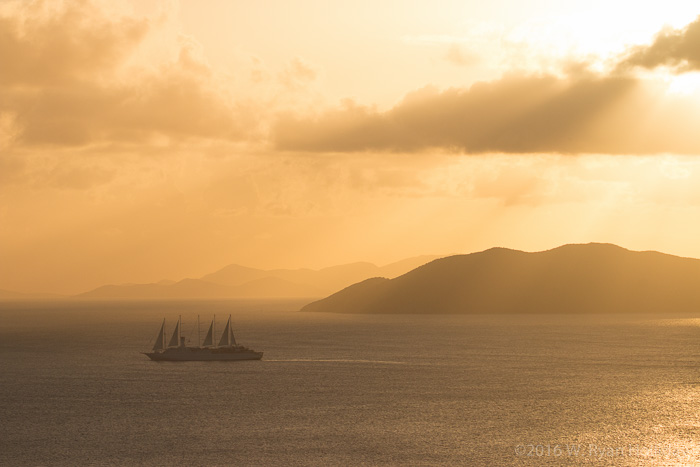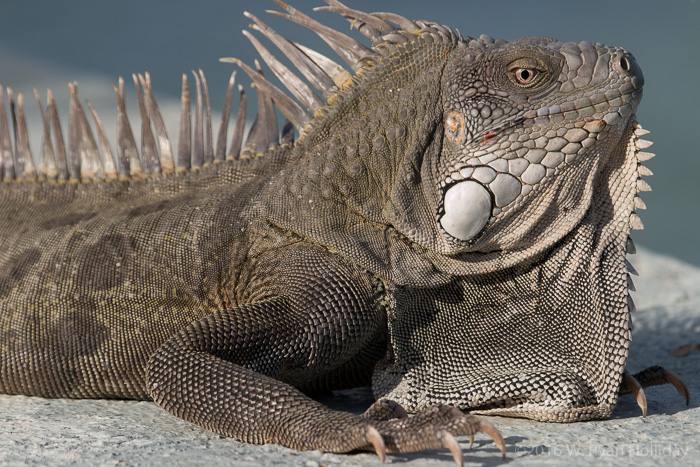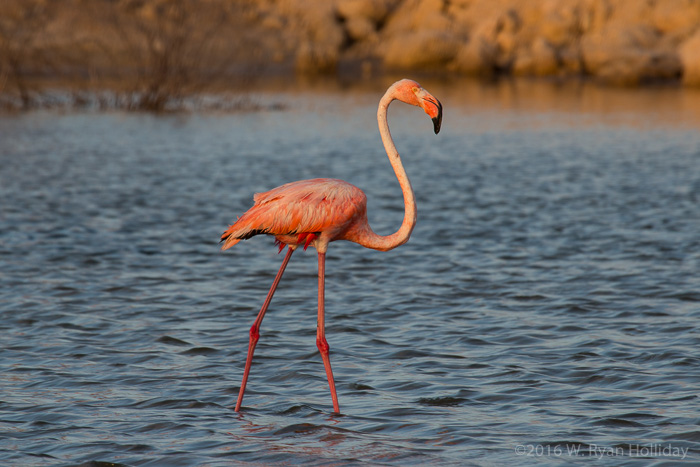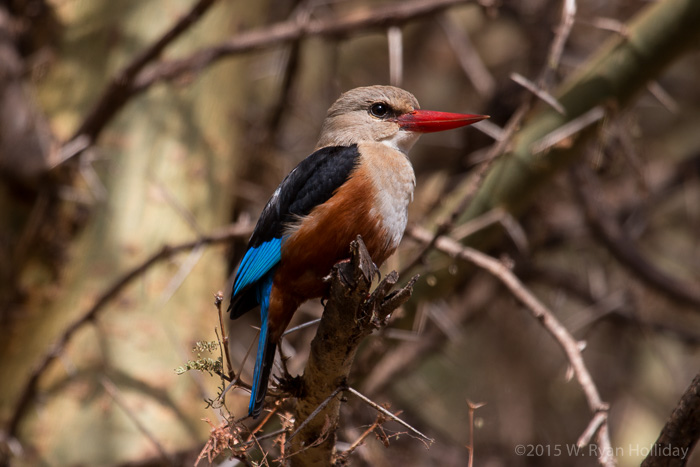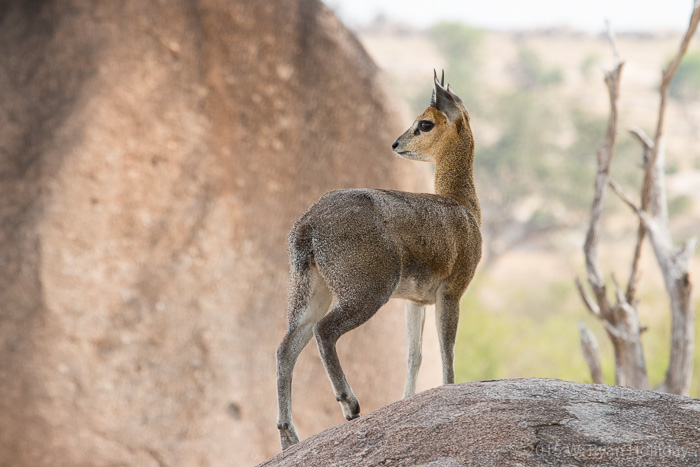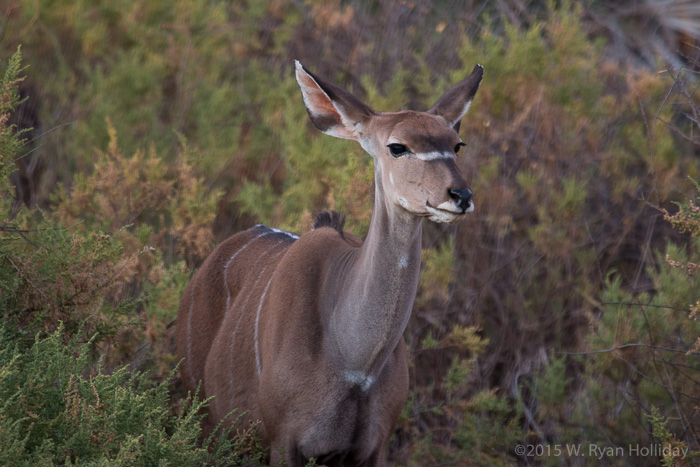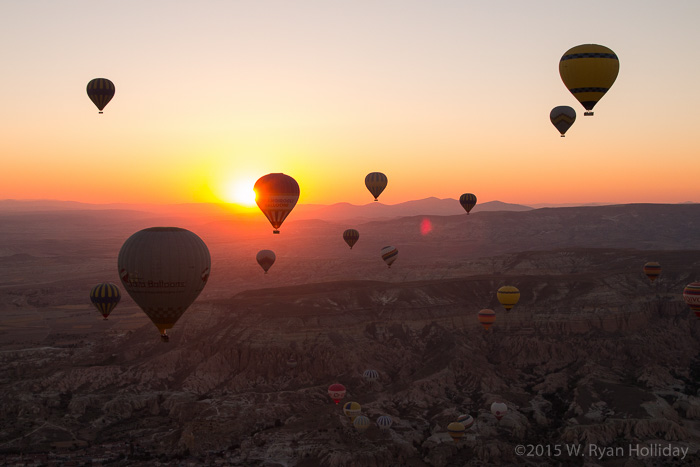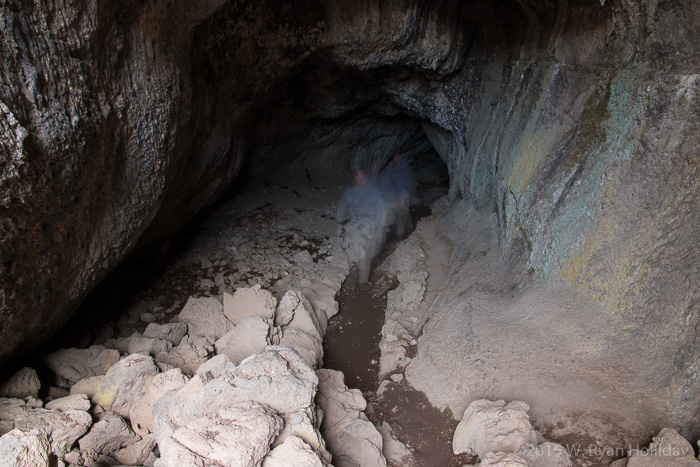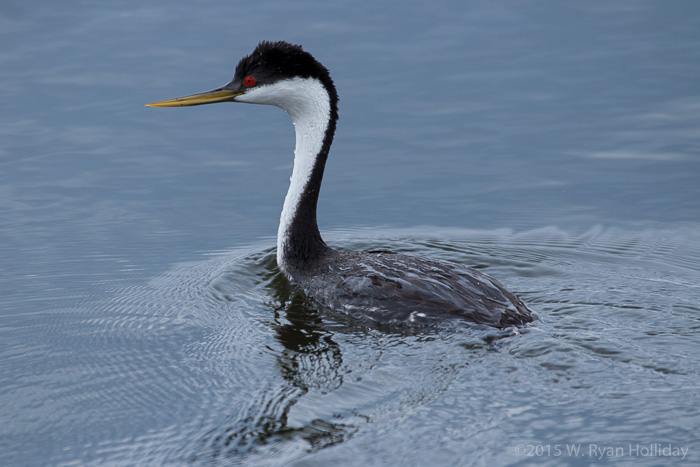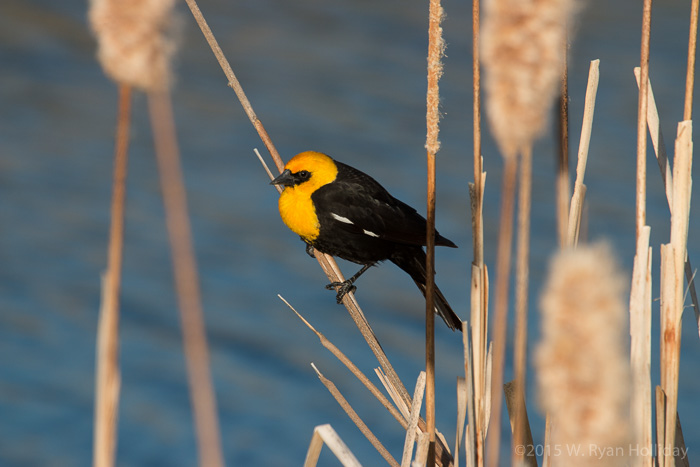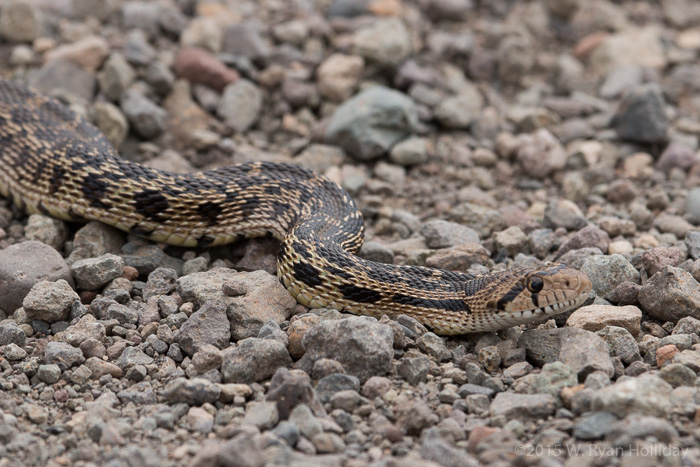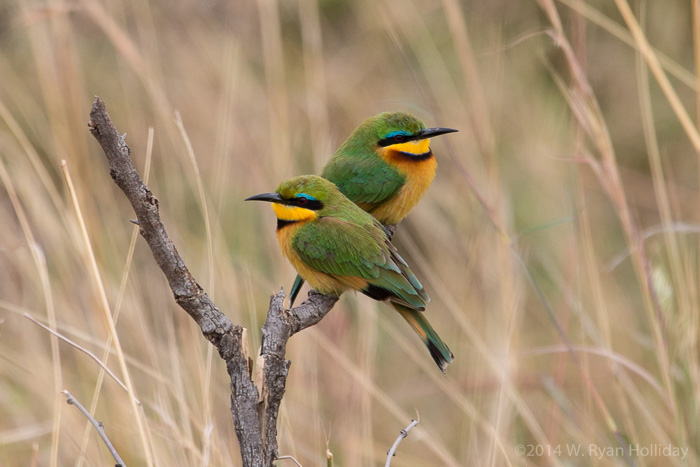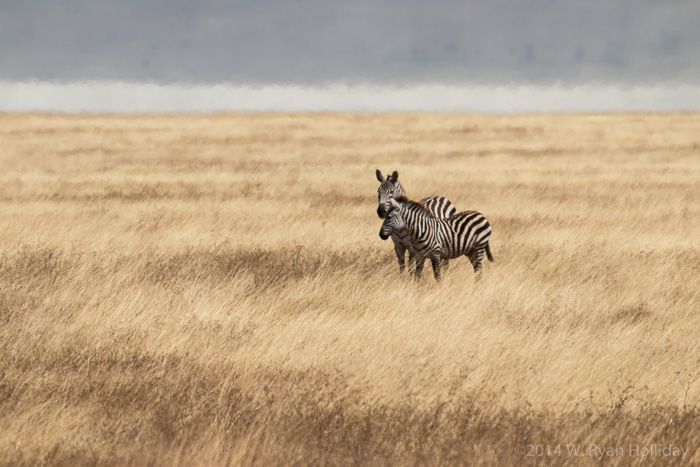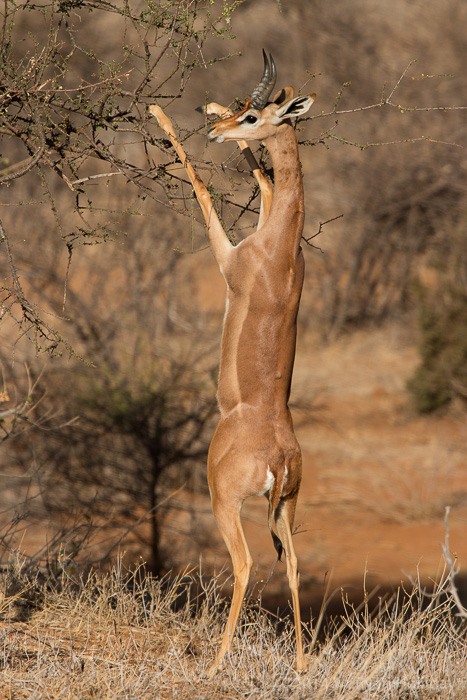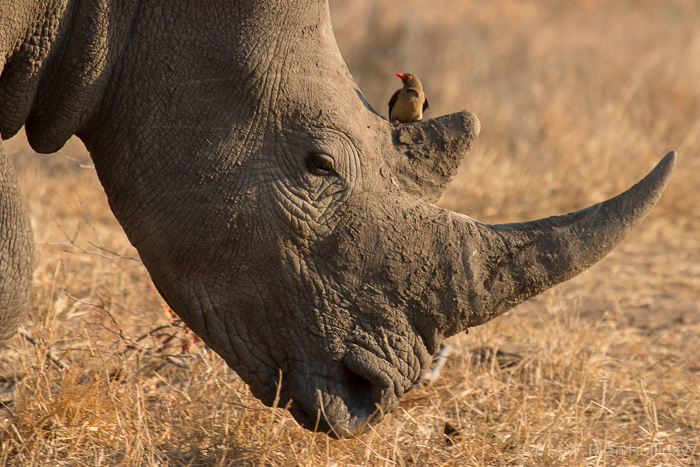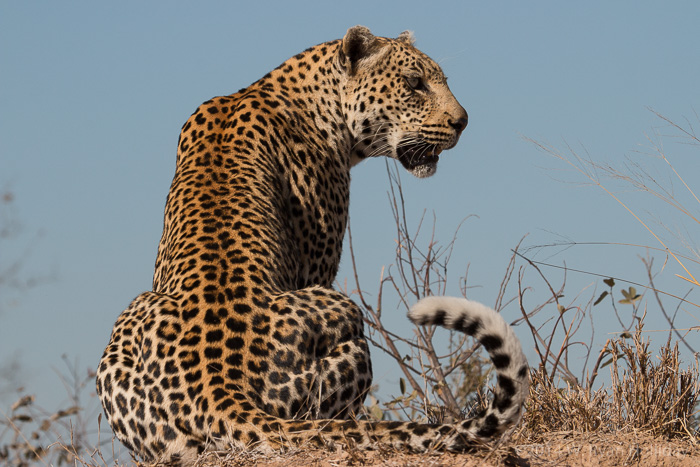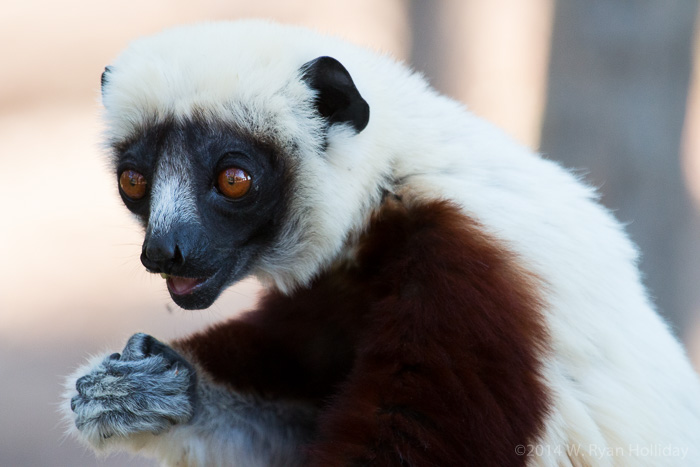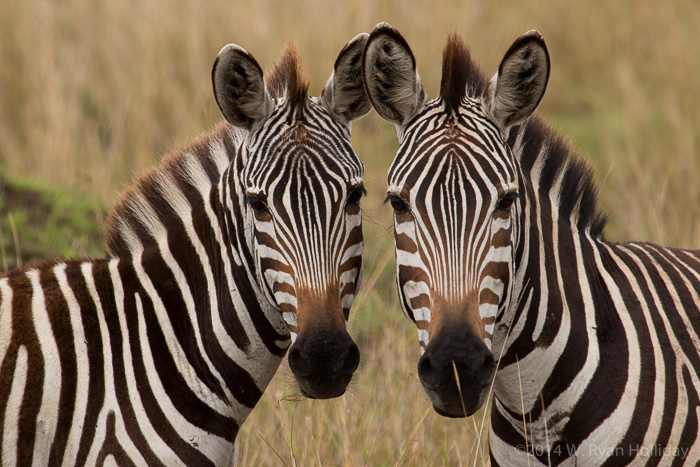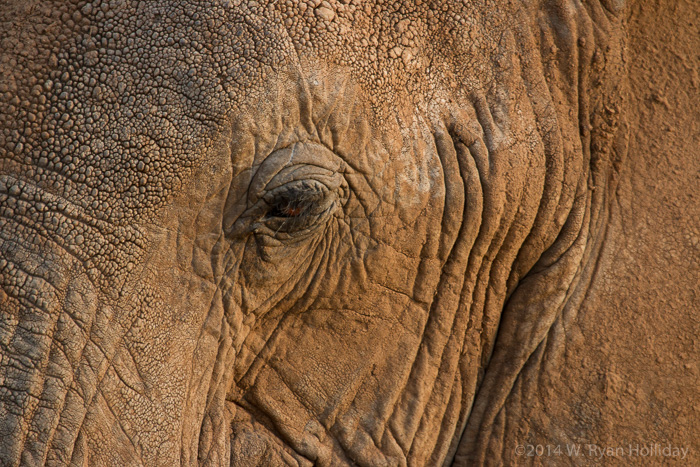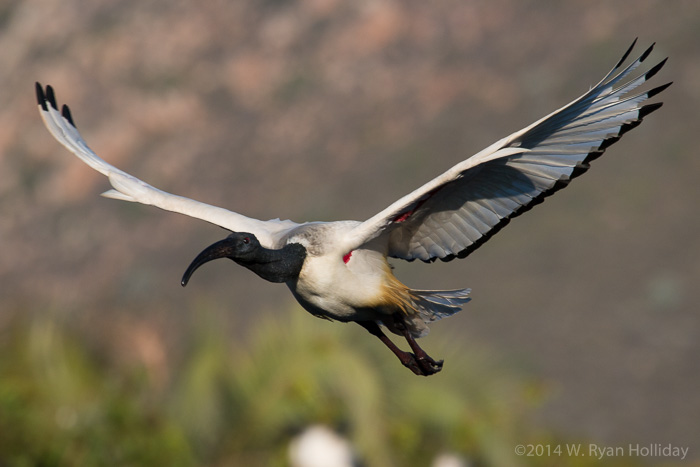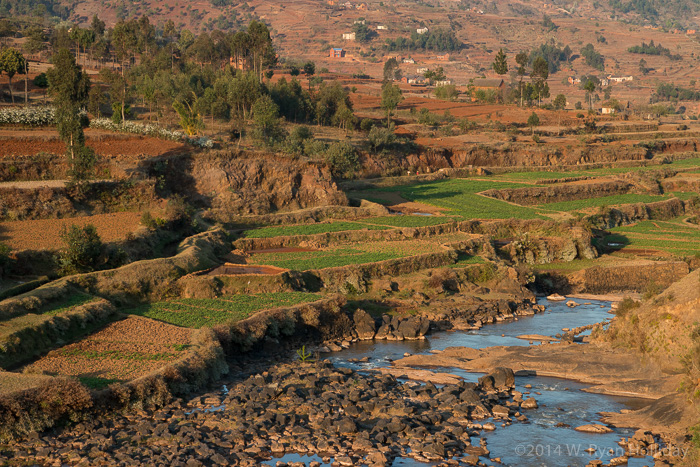Two weeks ago Audrey and the Holliday clan gathered in Kauai for snorkeling, beaches, sunsets, tropical beverages, and a really great waterslide. Here’s part one of the recap:
Day 1
My mom is a night owl, going to bed after midnight, while my dad is a morning person, waking up around 5AM. Thus after flying across the Pacific and arriving in Hawaii, it was no surprise when I entered their timeshare at 10:30 PM Hawaii time (1:30 AM Los Angeles) that my mom met me energetically at the door while everyone else was sleeping. She was clearly disappointed and unsuprised when I declined her offers of dinner and conversation and instead crawled into bed. The next morning at 5AM my dad attempted to sneak out the door, only to have his two sons pounce on him before he could get away, but he didn’t seem too disappointed to be taking his boys along to see the sunrise. When we got to the beach a dark shape was silhouetted against the barely-brightening sky, and it is to my dad’s everlasting shame that he insisted it was a monk seal even after we said it looked like a sea turtle. Several more of the large turtles were resting on the sand further down the beach, making for a pleasant welcome to the island as the sun turned the sky pink while an army of roosters announced their presence to the world.
The day’s other activities included multiple rounds of snorkeling, massive fish burritos from Da Crack, a cat on a surfboard, and drinks at sunset. All in all not a bad way to start the trip.
Day 2
Day two again started with an early wakeup and another trip down to the beach to see the sea turtles. There was more snorkeling, more tropical drinks, etc, but other days had more journal-worthy moments so let’s move on to Day 3.
Day 3
The previous day I had moved from Ma & Pa’s timeshare to the Hyatt next door, picking up Audrey from the airport in the evening, while Aaron and Helen relocated to an Air B&B rental on the north side of the island. Audrey has the amazing ability to defy jet lag, so she was having none of my arguments that getting up at 5AM was the same as getting up at 8AM in Los Angeles, thus I roamed around the hotel grounds at sunrise before dragging her out of bed at 6:30 and heading off to our fancy hotel breakfast buffet next to the koi pond. From there we were off to do some snorkeling, then we meandered our way around the island to see Aaron, stopping to photograph the Autumn mist in Hanalei enroute. With the full Holliday clan present we attempted a bit of snorkeling off of the beach near the beginning of the Napali Coast, but choppy waters had reduced visibility to only about ten feet, and in an underwater landscape filled with lava cracks that looked like they might descend hundreds of feet it was hugely disconcerting to wonder what might be hiding down below. When Aaron called me out for saying that it was an uncomfortable place to swim I told him to follow me out into the murky water – hundreds of feet offshore and notoriously afraid of sharks, the sound he made as we swam over rocky ledges that descended to unseen depths was something between a whining puppy and a bawling child; we turned back fairly quickly.
Day 4
Audrey’s one request prior to starting the trip was that she wanted at least one “lounge day”, knowing that otherwise I’d do my best to ensure that each day would end with us collapsing from exhaustion after non-stop activities. Thus, Tuesday saw us hanging out at the resort pools, where Audrey read a book while I set the Hyatt master’s record for most rides on their water slide in a 24-hour period – all of the five year olds seemed slightly peeved at the bald guy who made their wait in the line a bit longer by going down the slide again and again.
Day 5
Wednesday was our scuba diving day. Sadly, because someone is sued in America every 0.2 seconds, they wouldn’t let my dad join us once he checked one of the “do any of the following apply to you” boxes on the release forms, so Audrey and I were the only family representatives underwater this year. After many scuba trips to Mexico with rental equipment that inevitably leaks Audrey and I have become reasonably good on air, so as the other divers in our group ran out of air and had to surface we ended up getting a lot of underwater time to ourselves. We saw sea turtles, fish, corals, and lava caves, but the highlight of the two dives was a giant moray hiding in a crack in the rock – the thing was so massive that as I was swimming over I first wondered what a seal was doing in the rocks, before realizing we were seeing an eel that would be bigger than most sharks if it chose to come out and play.
The recap for the rest of the trip, including the story of how Poseidon God of the Sea sent a magical wave to assist my dad and I in returning our kayak to shore amidst raging seas, will follow shortly in the next journal entry.
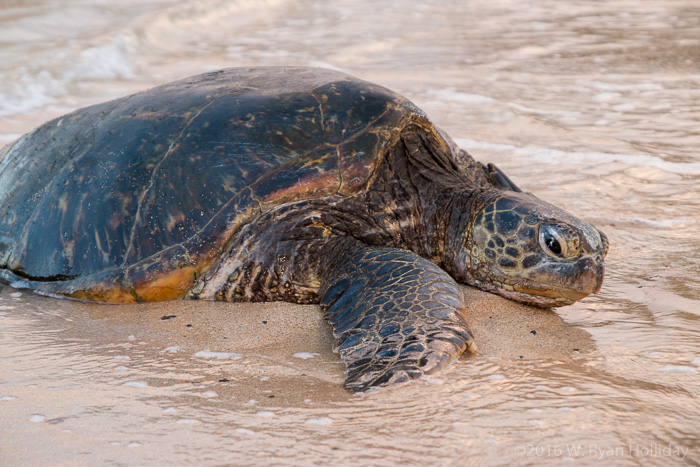
Monk seal Sea turtle resting on the beach in Kauai.
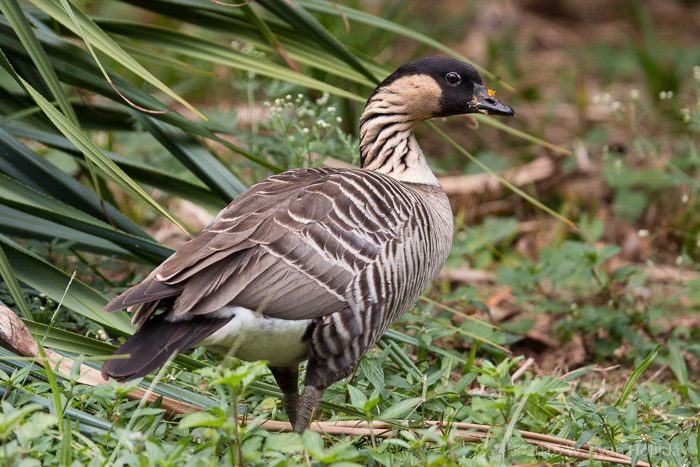
Nene (rhymes with nay-nay), the state bird of Hawaii.
